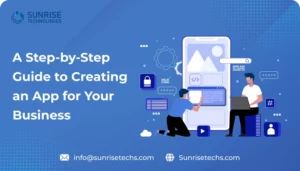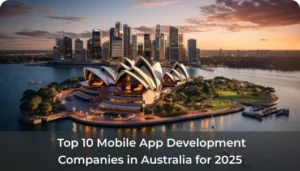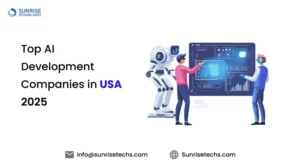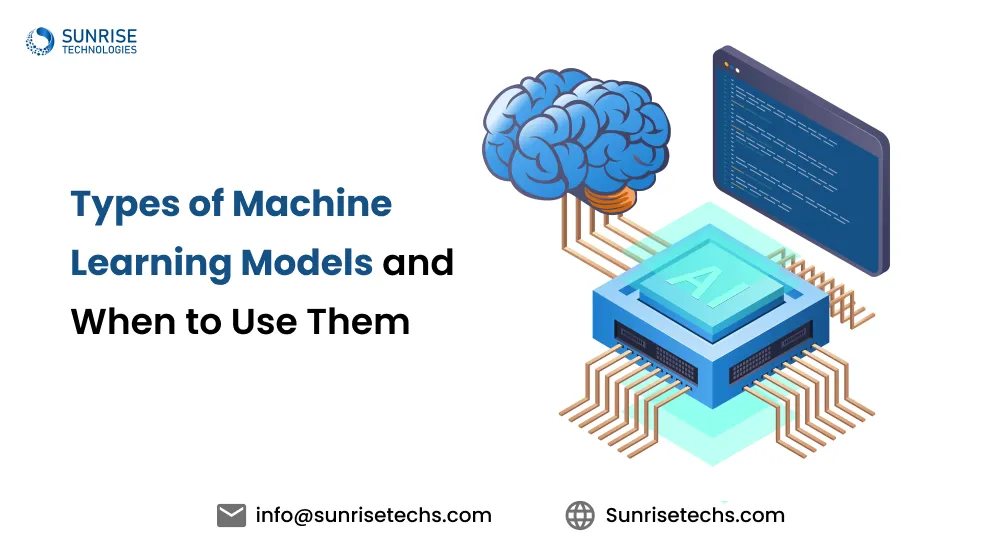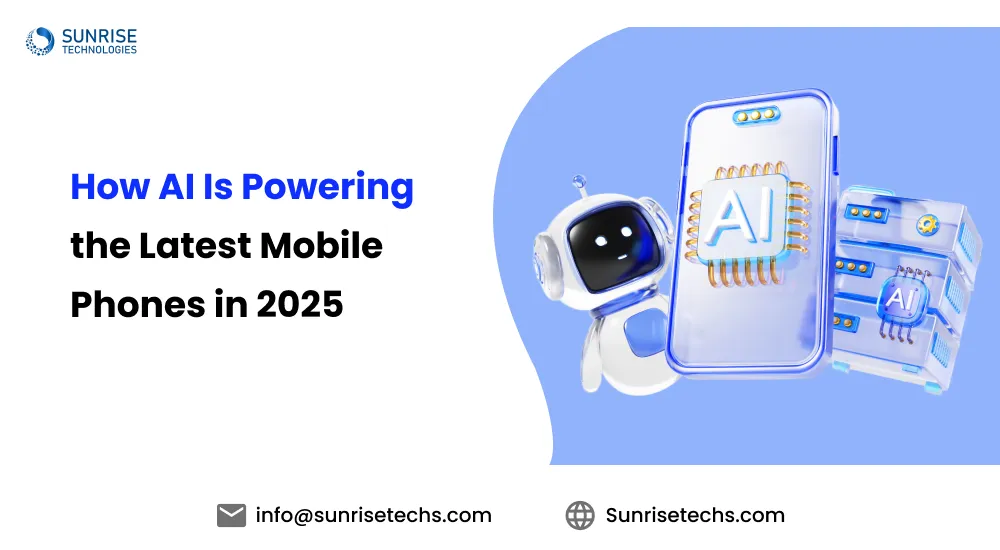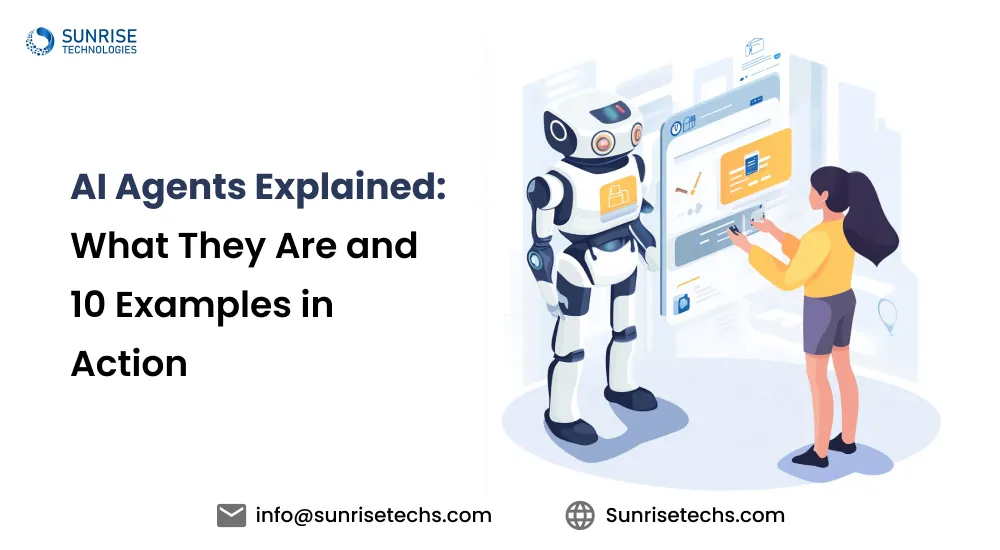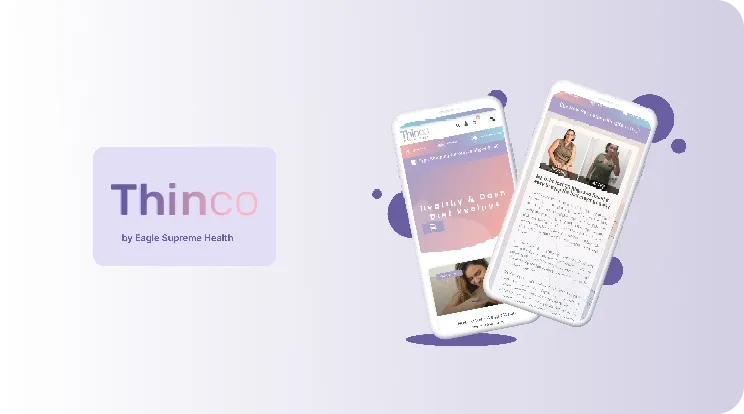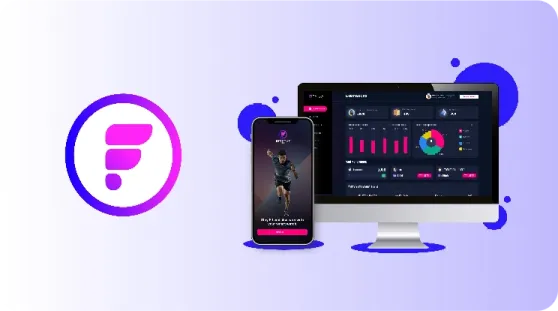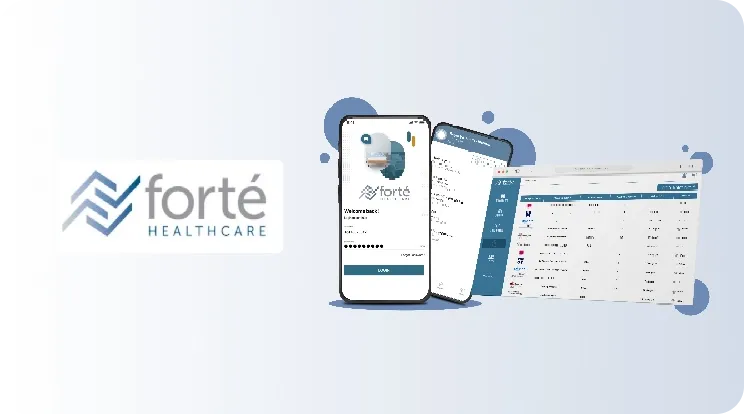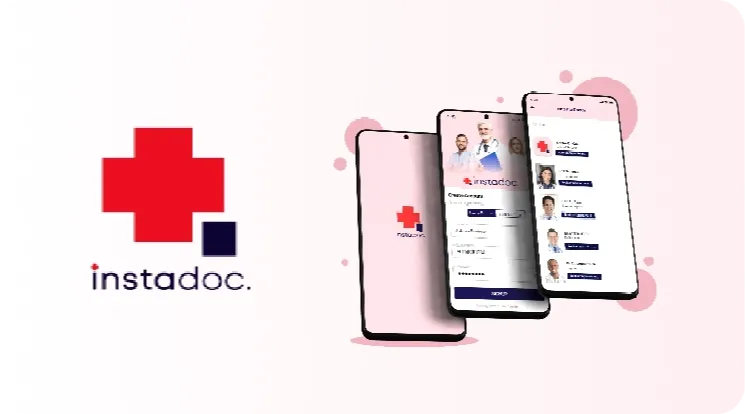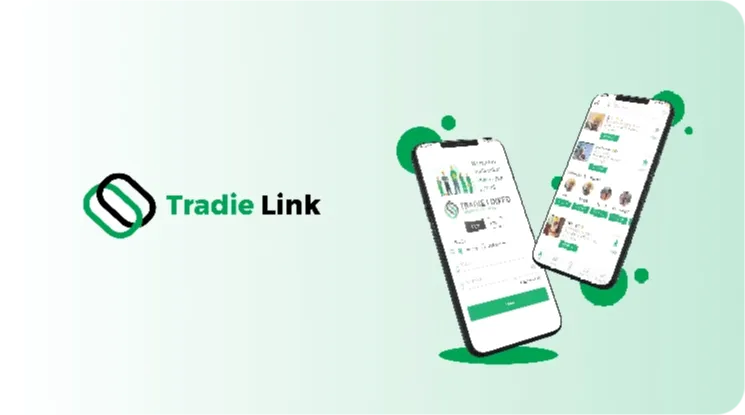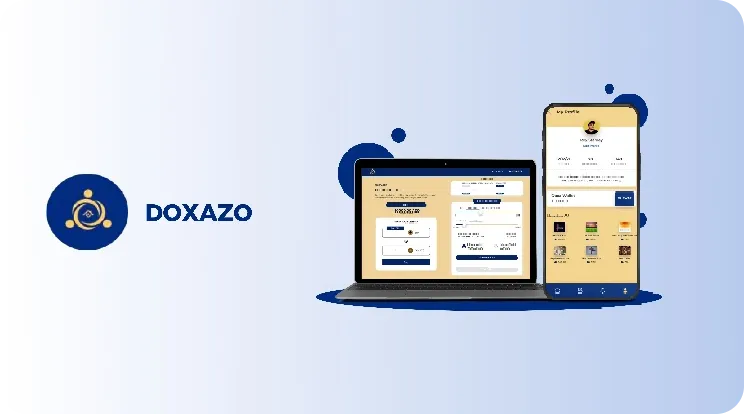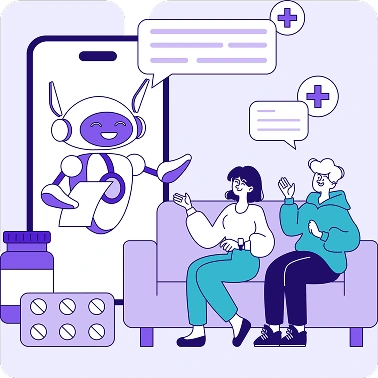
How Much Does It Cost to Develop a Healthcare Chatbot in 2025?
May 21, 2025
Healthcare is a crucial department where every response can be a life-saving decision. It starts from scheduling an appointment or interpreting post-surgery care instructions, answering at the right moment isn’t just convenience, it’s critical care. That’s where AI-powered healthcare chatbots come in. Backed by advanced NLP engines and HIPAA-compliant architectures, they deliver instant, reliable support day or night.
Building one, however, involves more than stitching together APIs. It means integrating with EHR systems, customizing large language models with medical training data, and ensuring every interaction meets strict compliance and privacy requirements. In 2025, leading chatbot development companies like Sunrise Technologies specialize in crafting healthcare bots that combine conversational AI with real-time clinical intelligence, helping hospitals, insurers, and health-tech startups stay agile, efficient, and responsive.
According to Grand View Research, the global chatbot market size is expected to hit USD 27.29 billion by 2030, growing at a CAGR of 23.3% from 2025 to 2030, a clear sign of just how fast this space is scaling.
Let’s break down what goes into the cost and what you should plan for in 2025.
What is a Healthcare Chatbot & How It’s Changing Healthcare in 2025
You’ve probably chatted with a virtual assistant online, whether it was to check your delivery status or get a quick answer. But in 2025, healthcare chatbots are no ordinary responders, they’re intelligent, context-aware, and deeply embedded into clinical ecosystems.
A chatbot for healthcare is an advanced conversational interface powered by technologies like Natural Language Processing (NLP), machine learning, and generative AI .However, what makes them transformative in healthcare is how they’re integrated with electronic health records (EHRs) and trained on medical ontologies like SNOMED CT or ICD-10. This enables them to handle complex use cases such as symptom triage, pre-visit patient intake, post-discharge care instructions, medication reminders, and even mental health screening, all while ensuring compliance with HIPAA and patient privacy norms.
From hospitals streamlining their front desk operations to telehealth platforms providing round-the-clock patient engagement, healthcare chatbots are redefining access and responsiveness.
How AI chatbots are helping in Healthcare industry- Let's explore!
Why are healthcare providers embracing AI chatbots? In a world where patients expect quick, personalized responses, AI-powered chatbots step in to deliver smart, efficient, and always-available care. These digital assistants are revolutionizing how healthcare services are delivered by leveraging artificial intelligence and machine learning. Let’s explore why investing in healthcare chatbots is essential in 2025 and beyond.
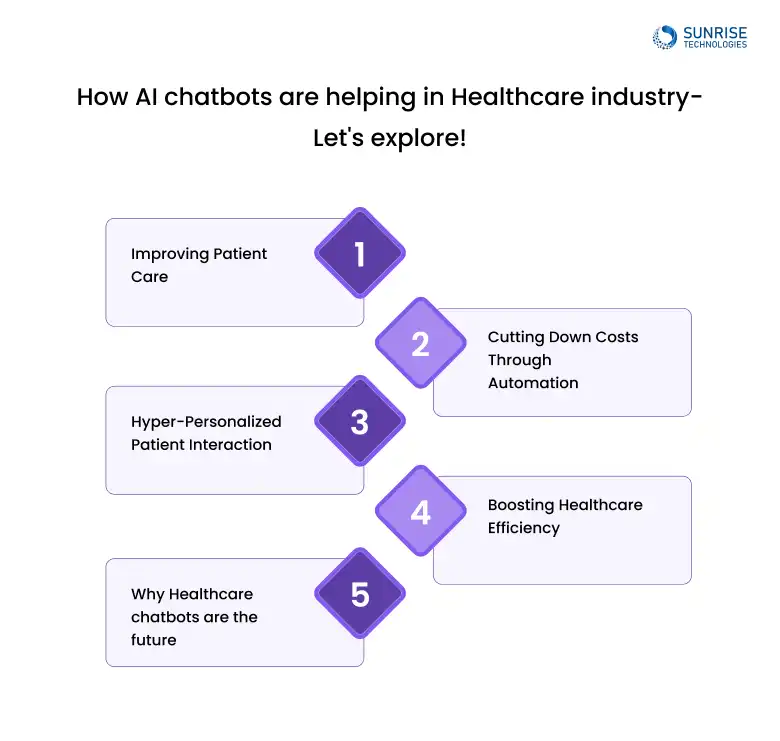
AI chatbots in healthcare don’t just answer patient questions, they guide users through symptom assessments, help schedule appointments, send medication reminders, and provide real-time health insights.
Repetitive tasks like checking symptoms, answering insurance queries, or booking appointments no longer need manual effort. AI chatbots automate these processes, freeing up healthcare staff to focus on complex clinical care, while reducing administrative costs significantly.
Using historical patient data, AI chatbots deliver tailored health recommendations, reminders, and content. Whether it’s managing a chronic condition or guiding post-surgery recovery, these bots adapt to each user, making care feel more human, even when it’s digital.
Machine learning enables healthcare chatbots to evolve. With each patient interaction, they become more accurate, understanding complex medical queries and offering relevant responses.
Create an AI-driven dating app development for business or introverts or specific communities. Tailored platforms increase user loyalty and relevance in competitive markets.
Give your patients the quick support they crave with a smart chatbot offering instant clarification.
Breakdown of Healthcare Chatbot Development Costs
As healthcare businesses embrace automation, understanding the true Healthcare chatbot cost in 2025 is crucial. From basic FAQ bots to advanced AI assistants integrated with EHRs and HIPAA-compliant protocols, the cost spectrum varies significantly based on functionality, tech stack, and regulatory needs.
| Healthcare Chatbot | Starting From (USD) | Key Features Included |
|---|---|---|
| Basic Rule-Based Chatbot | $8,000 | Predefined responses, FAQ handling, appointment booking |
| Conversational NLP Chatbot | $15,000 | Natural Language Processing, patient query handling, multilingual basics |
| AI + ML-Powered Chatbot | $35,000 | Contextual conversation, predictive analytics, EHR/API integrations |
| Generative AI Healthcare Assistant | $50,000 | GPT-based responses, dynamic health suggestions, HIPAA-compliant setup |
| Enterprise-Grade Diagnostic Chatbot | $750,000 | Medical data processing, multi-system integration, intelligent triage, advanced security |
Types of Healthcare Chatbots and Their Estimated Development Costs
Not every healthcare chatbot wears the same hat. Some live on social media, others are tucked inside your app, and a few work behind the scenes for your staff. The purpose? Different for each. And so is the price tag. Let’s explore which one fits your needs, and your budget.
Messenger chatbots are designed to interact with patients or users through social platforms like Facebook Messenger, WhatsApp, or Telegram. Ideal for appointment reminders, prescription refills, and basic FAQs.
- Use Case : Automated appointment scheduling on Facebook Messenger or follow-up reminders via WhatsApp.
- Estimated Starting Cost : $6,000 – $10,000
These chatbots are embedded directly into your mobile or web app, offering seamless interaction for users without leaving your platform. Great for symptom checking, triage, or real-time doctor chat.
- Use Case : AI-driven symptom checker integrated within a healthcare mobile app for personalized support.
- Estimated Starting Cost : $12,000 – $20,000
Internal chatbots are built for hospital staff or insurance teams to handle tasks like document retrieval, claim tracking, or employee support. They focus more on backend integrations and security.
- Use Case : A HIPAA-compliant chatbot for internal communication, patient data access, and task automation for staff.
- Estimated Starting Cost : $15,000 – $30,000
Integration Cost: Considerations for Healthcare Chatbot Development
When building a healthcare chatbot, integrating with existing systems is a critical step, and it often involves hidden costs. The process can vary widely depending on which systems the chatbot needs to interact with, such as Electronic Health Records (EHRs), payment systems, or telemedicine platforms.
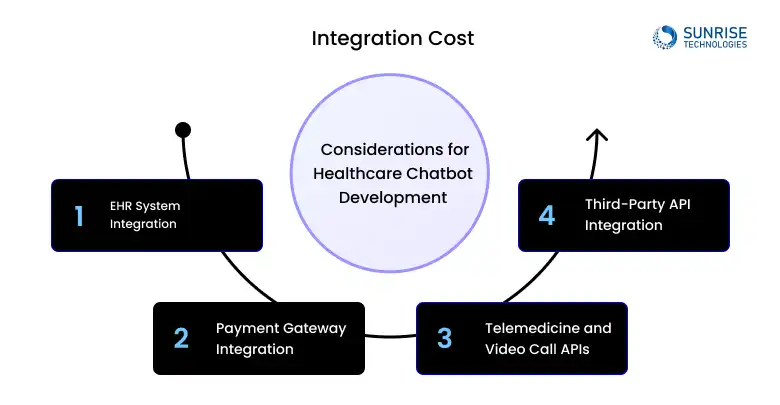
Connecting the chatbot to EHR systems (like Epic, Cerner, or Meditech) is often complex due to varying data formats and security protocols. Costs increase based on the system’s complexity and the depth of integration needed.
Integrating payment gateways (e.g., Stripe, PayPal) for transaction handling within a chatbot can require additional backend development to ensure secure payment processing and data synchronization.
For chatbots offering telemedicine services, integrating video call APIs such as Zoom Health or Twilio can add to development costs, requiring secure data exchange and compliance with healthcare regulations.
Connecting with other healthcare tools like appointment scheduling, pharmacy management, or symptom checkers involves licensing third-party APIs, which come with ongoing costs for access and support.
Curious about pricing? Let’s discuss how we can create a high-quality AI chatbot within your budget.
Factors Influencing Development Costs
Let’s dig deeper into what really drives the cost of healthcare chatbot development in 2025 beyond just front-end design or deployment. From AI models to compliance and integrations, each layer adds complexity, and cost.
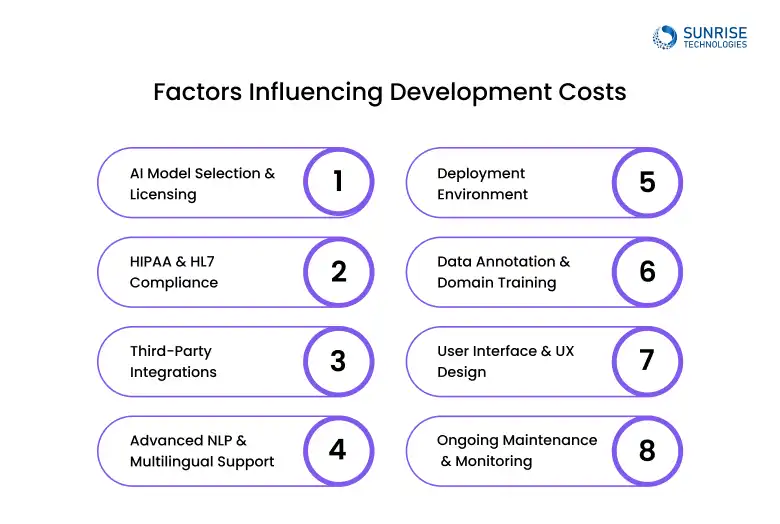
The core AI model powers the brain of your chatbot, and it’s where a big chunk of your budget could go. Using advanced models like GPT-4, MedPaLM, or BioBERT delivers better accuracy but adds licensing fees.
- Open-source models (like Rasa or Hugging Face) are free but need training.
- Proprietary APIs (OpenAI, Google Cloud) are fast to deploy, but charge per use or token.
In healthcare, patient data security isn’t a feature, it’s a mandate. To meet HIPAA and HL7/FHIR standards, your bot needs:
- Encrypted data transmission
- Secure authentication systems
- Role-based access controls
- Complete audit logs for every action
These layers add development time and legal oversight, increasing the overall build cost.
Want a chatbot that talks to your EHR or books appointments via Twilio? That’s where integrations come in. Connecting with external systems like Epic, Cerner, Twilio, Stripe, or Zoom Health involves:
- Custom API integration
- Data sync logic
- Real-time error handling
These integrations increase both backend dev time and testing scope.
If you want your bot to think like a doctor and speak like a human, in multiple languages, you’ll need serious NLP power. Advanced Natural Language Processing includes:
- Intent detection and context awareness
- Entity extraction for medical terms
- Sentiment analysis for patient tone
- Multilingual support using mBERT or MarianMT
More advanced NLP = more training, infrastructure, and memory use.
Where and how you deploy your chatbot impacts everything, from cost to compliance.
- Cloud (AWS, Azure, GCP) : Fast setup, flexible scaling, ongoing usage fees
- On-premise : Full control, high initial cost, ideal for private health networks
- Hybrid : A compliance-smart blend, often used in regulated industries
Deployment needs vary based on geography, patient volume, and legal frameworks.
Training a healthcare chatbot to understand specialty domains like cardiology or dermatology takes more than just data, it takes curated insight.
- Requires medical datasets often not publicly available
- Manual annotation by healthcare professionals
- Repeated fine-tuning with patient use-case data
Highly tailored chatbots cost more due to expert involvement and longer dev cycles.
In healthcare, user-friendly design is vital, especially for elderly patients or those with limited tech exposure.
- Custom interfaces across web, mobile, or wearables
- Voice-enabled UX for accessibility
- Micro-interactions for engaging experiences
- ADA/WCAG-compliant design for universal access
Design affects both patient adoption and development time.
Building a chatbot is just step one, keeping it smart, safe, and up-to-date is an ongoing commitment.
- Expect regular updates for:
- AI model retraining
- Security patches and protocol updates
- Monitoring dashboards like Grafana, Kibana, or Datadog
- Error resolution and continuous testing
This ensures consistent performance, compliance, and data accuracy.
Benefits of AI Chatbot for healthcare over Time:
As healthcare technology advances, AI-powered chatbots are becoming an essential tool for enhancing patient engagement, streamlining operations, and improving the overall healthcare experience. While the upfront costs of implementing AI chatbots can seem significant, the long-term benefits they offer far outweigh the initial investment.
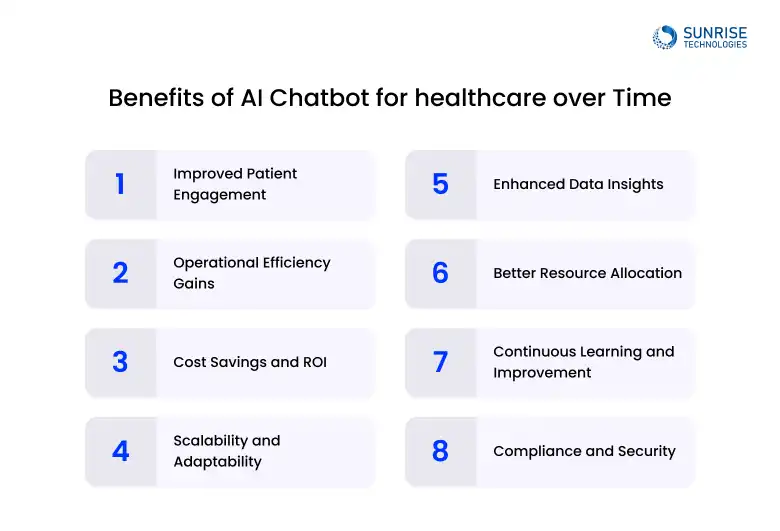
AI chatbots offer 24/7 patient assistance, ensuring timely responses. Over time, they learn patient preferences and provide more personalized interactions. This leads to enhanced satisfaction and stronger patient relationships.
Initially handling simple tasks, chatbots evolve to manage more complex functions. They streamline administrative workflows, saving time for healthcare staff. This continuous improvement leads to greater operational productivity and efficiency.
AI chatbots reduce the need for extensive support teams and manual labor. Over time, their automation capabilities lead to reduced operational costs. This translates into significant long-term savings and ROI.
As healthcare organizations grow, chatbots scale seamlessly, handling more interactions. Their adaptability allows them to integrate with new systems and technologies. Over time, this scalability ensures smooth expansion without additional resource strain.
Chatbots gather and analyze patient interaction data, offering valuable insights. Over time, they provide more accurate trends and predictions. These data-driven insights help healthcare providers make better decisions and improve patient care.
By automating repetitive tasks, chatbots allow healthcare professionals to focus on critical care. As they evolve, chatbots handle more complex tasks, improving resource management. This ensures that human resources are allocated efficiently for better care.
AI chatbots improve through machine learning, refining responses over time. Their ability to understand complex queries and medical terminology grows. Continuous learning ensures they remain efficient and accurate in patient interactions.
AI chatbots are designed to meet strict healthcare regulations like HIPAA. As regulations change, chatbots adapt, maintaining data security and patient privacy. This ensures ongoing compliance with evolving standards and protects sensitive information.
Real-World Examples: Fortune 500 Companies Leveraging Chatbots
Big brands are scaling chatbots to transform how they engage customers and streamline operations. Here’s how the giants are doing it:
1. Mayo Clinic:
Mayo Clinic, one of the world’s top healthcare systems, implemented an AI-based chatbot during the COVID-19 pandemic to reduce hospital overload and provide instant medical advice.
AI Model Focus: NLP-based Symptom Checker and Risk Assessment Chatbot
Technologies Used: Microsoft Azure Bot Service, LUIS (Language Understanding), FHIR integration, CDC symptom data
- AI Model Focus : NLP-based Symptom Checker and Risk Assessment Chatbot
- Technologies Used : Microsoft Azure Bot Service, LUIS (Language Understanding), FHIR integration, CDC symptom data
The chatbot was designed to screen patients for COVID-19 symptoms using NLP models trained on medical terminology and CDC guidelines. The bot would assess risk levels and guide users to appropriate services, whether that be testing, ER visits, or home care instructions. It integrated with FHIR-based systems to pull patient data securely. As a result, Mayo Clinic reduced call center load by 60% and ensured timely care routing during peak pandemic waves.
2. Babylon Health:
Babylon Health, a UK-based digital health provider, developed a highly advanced Generative AI chatbot that provides medical consultations, symptom analysis, and even prescription guidance , available 24/7.
- AI Model Focus : Large Language Models (LLMs) trained for medical context, Conversational AI with Dynamic Knowledge Graphs
- Technologies Used : Transformer-based NLP, Medical Ontologies, Bayesian Networks, EHR integration
Babylon’s AI-powered chatbot interacts with patients through intuitive conversations, analyzing symptoms using LLMs fine-tuned for healthcare. It also uses a Bayesian inference engine to assess risk and suggest next steps. Integrated with user EHRs, the assistant personalizes recommendations and even sets up follow-ups or prescriptions. The chatbot supports over 1 million active users, drastically reducing doctor-patient wait time and operational costs.
UnitedHealth Group, a Fortune 10 healthcare company, uses AI chatbots for streamlining insurance processes, especially pre-authorization and claims resolution.
- AI Model Focus : Rule-based automation enhanced with NLP for member communication
- Technologies Used : Dialogflow, Robotic Process Automation (RPA), NLU, Intent Recognition Engines
To reduce paperwork and manual errors, UnitedHealth deployed a secure AI claims chatbot that interacts with patients, physicians, and insurance reps. The chatbot verifies insurance eligibility, explains benefits, and tracks pre-auth status using NLU models. It also connects with back-end systems via RPA bots to fetch records and pre-fill forms. This automation led to a 40% drop in customer service workload and accelerated claims processing by over 3x.
ROI Analysis: What is the future of chatbots in healthcare?
Is Investing in a Healthcare Chatbot Worth It?, yes, and the long-term return on investment (ROI) proves it’s more of a strategic move than a splurge. Let’s break down how a well-built chatbot pays for itself fast.
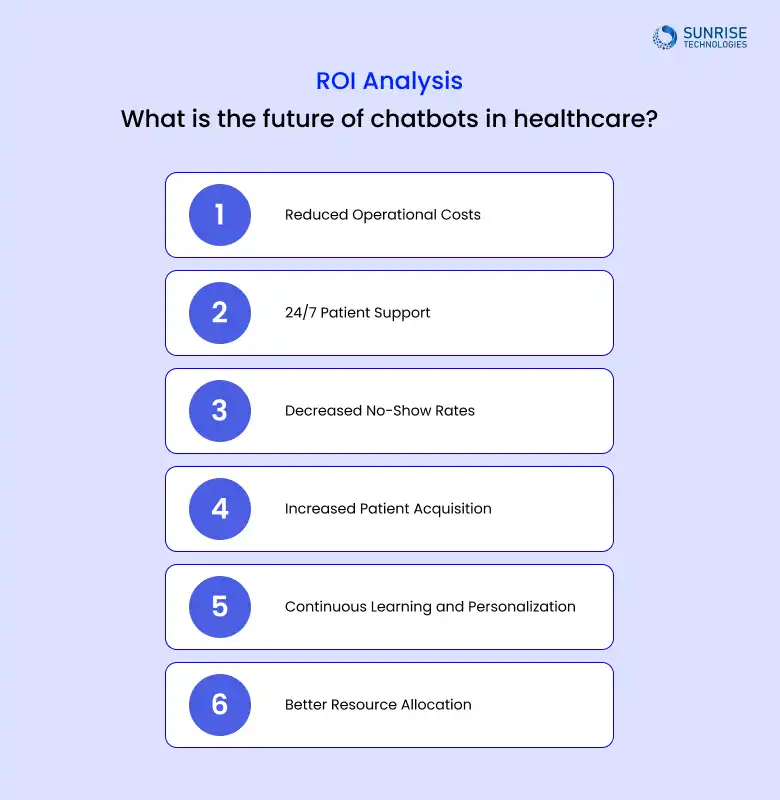
Healthcare chatbots automate appointment bookings, FAQs, and billing queries, cutting down on front-desk workload by up to 60%, reducing staffing and operational costs significantly.
Bots never sleep. Always-on support boosts patient satisfaction and retention, especially in urgent care and chronic condition management, where instant answers matter most.
Chatbots send automated reminders, rescheduling options, and follow-up messages, like Mayo Clinic’s bot, which helped cut no-show rates by 30%.
Build the core matchmaking engine first: NLP-based profile matching, basic personality analysis.
Add premium AI features like Emotion AI or AR Dating only after validating demand and ROI.
By integrating with marketing channels (like websites and social media), chatbots capture leads, pre-screen patients, and improve conversion rates through real-time engagement.
AI chatbots grow smarter with use. The more data they handle, the more personalized they become, improving efficiency over time and enhancing patient outcomes.
Chatbots free up staff for higher-priority tasks, improving internal workflow and allowing medical professionals to focus more on care than coordination.
Choosing the Right AI Medical Chatbot Development Partner
Picking the right AI chatbot development company can make or break your chatbot’s performance, scalability, and compliance, especially in a sensitive industry like healthcare. Here’s what to look for when selecting your tech partner:
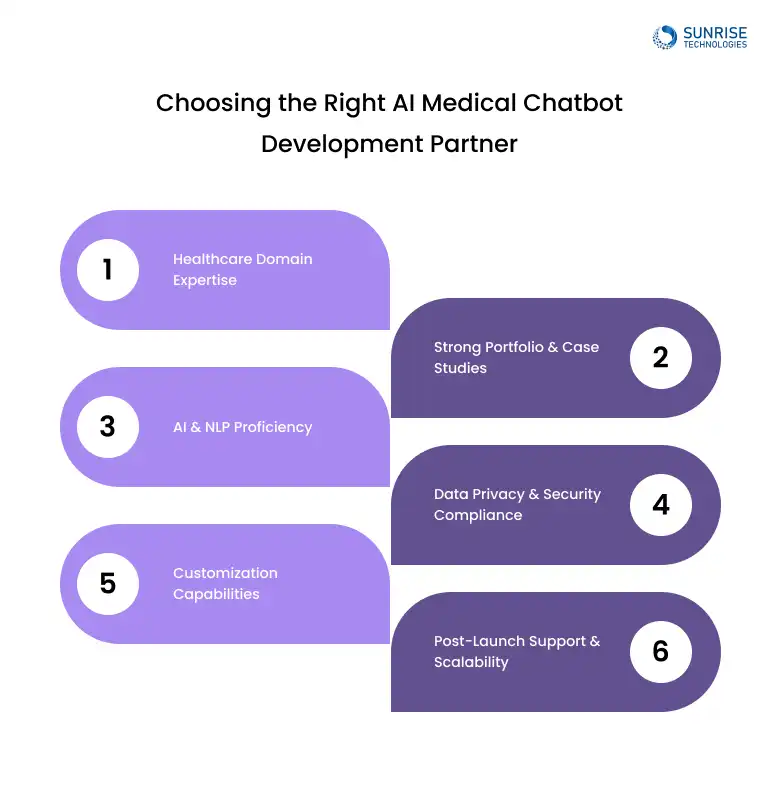
Look for a partner who understands HIPAA, HL7, and patient journey workflows. Domain knowledge ensures the chatbot aligns with real-world use cases and compliance requirements.
Your development partner should have hands-on experience with AI models like GPT-4, MedPaLM, or BioBERT, and expertise in building contextual NLP pipelines for accurate responses.
Off-the-shelf won’t cut it. The right team will build a tailor-made chatbot, from triage systems to multilingual support, based on your specific patient needs and goals.
Review past projects to assess success rates, tech stack expertise, and industries served. Bonus points for results-driven outcomes and healthcare-specific implementations.
Ensure they implement end-to-end encryption, secure APIs, audit logs, and follow HIPAA-compliant architecture, your patients’ data depends on it.
AI chatbots evolve. Choose a partner offering continuous model training, performance optimization, and support as your patient base and use cases grow.
Conclusion: Build Smarter, Care Better
In 2025, AI-powered healthcare chatbots are a strategic investment driving better patient engagement, smarter workflows, and round-the-clock support. From reducing operational costs to improving care accessibility, the ROI of healthcare chatbot development is clear.
If you’re ready to harness the power of conversational AI, Sunrise Technologies is here to help. As a top AI chatbot development company, we specialize in building HIPAA-compliant, domain-specific healthcare AI solutions. Our end-to-end AI development services cover everything from NLP design and secure integrations to continuous model training and support.
Let’s build your next-gen virtual healthcare assistant with smart, secure, and built for impact.
Ready to move beyond talking and start creating? Let’s build your AI-powered healthcare chatbot together.
FAQs:
The cost varies from $5,000 for basic chatbots to $50,000+ for advanced systems with features like NLP and integrations. Sunrise Technologies is a top AI chatbot development company.
AI chatbots provide 24/7 support, reduce wait times, and offer personalized advice, improving patient satisfaction and care.
Include appointment scheduling, symptom triage, EHR access, and HIPAA-compliant data security for optimal functionality.
Use encryption, secure APIs, and audit logs to ensure HIPAA compliance. Collaborating with experts like Sunrise Technologies guarantees compliance.
Healthcare, finance, retail, and education benefit greatly from AI chatbots, improving efficiency and customer service.
Sam is a chartered professional engineer with over 15 years of extensive experience in the software technology space. Over the years, Sam has held the position of Chief Technology Consultant for tech companies both in Australia and abroad before establishing his own software consulting firm in Sydney, Australia. In his current role, he manages a large team of developers and engineers across Australia and internationally, dedicated to delivering the best in software technology.
